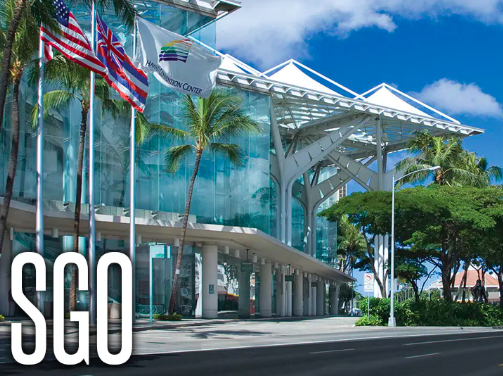By Ian Ingram
In delaying disease progression in recurrent ovarian cancer, maintenance therapy with the PARP inhibitor niraparib (Zejula) also increased patients’ time without symptoms or toxicity (TWiST), an analysis of the phase III NOVA trial found.
Compared with placebo, treatment with niraparib yielded an incremental TWiST benefit of 2.95 years for those with germline BRCA mutations and 1.34 years for those without these mutations, reported Ursula Matulonis, MD, of the Dana-Farber Cancer Institute in Boston.
TWiST is an established methodology that partitions progression-free survival (PFS) into two health states, she explained during her presentation at the Society of Gynecologic Oncology (SGO) meeting: time with toxicity, and time without disease progression or toxicity.
To conduct their analysis, the researchers extrapolated mean PFS data from the NOVA trial, which randomized 553 patients with recurrent ovarian cancer to niraparib or placebo. Patients in the study had platinum-sensitive disease and had been treated with two or more prior lines of platinum therapy. The results, which led to FDA approval in this setting, were first reported in 2016 and showed that niraparib significantly improved median PFS over placebo for patients with germline BRCA mutations (21.0 vs 5.5 months) as well as for those without these mutations (9.3 vs 3.9 months).
For the TWiST analysis, Matulonis’s group then estimated patients’ average time with a specific set of toxicities (grade ≥2 nausea, vomiting, and fatigue), which were captured prior to disease progression.
For those with germline BRCA mutations, mean PFS was 4.14 years with niraparib versus 0.91 years with placebo, while mean time with toxicity was 0.31 and 0.03 years, respectively. This yielded a mean TWiST of 3.83 years with the PARP inhibitor versus 0.88 years with placebo.
In patients without germline BRCA mutations, the mean PFS was 2.59 years with niraparib versus 1.14 years with placebo, while mean time with toxicity was 0.13 and 0.02 years, respectively. This yielded a mean TWiST of 2.46 years with the PARP inhibitor versus 1.12 years with placebo.
“This TWiST benefit means that patients treated with niraparib experienced more progression-free time without symptoms or toxicities due to nausea, vomiting, or fatigue compared to patients receiving placebo,” Matulonis concluded.
TWiST formulas attempt to integrate both quantity and quality of survival, said SGO discussant Kathleen Moore, MD, of the Stephenson Cancer Center in Oklahoma City, expanding on the rationale for these types of analyses. “You separate out the time the patient reports that she had a toxicity of a certain grade from the time without that toxicity.”
But Moore, who was involved in a TWiST analysis for the SOLO2 trial of olaparib (Lynparza) in ovarian cancer, cautioned that studies have shown there can be a mismatch between what physicians and patients perceive as adverse events that have a meaningful impact on quality of life. This is a potential pitfall, she said.
“The key that you have to understand is that we pick the toxicity that goes into that equation,” she said. “It’s not all the patients’ toxicity and everything that they record, it’s what we think is important.”
What if instead of nausea, vomiting, and fatigue the investigators had opted for dyspnea, obstipation, or diarrhea, she asked. Would the results have been different? In praising TWiST analyses, she said that understanding what should go into them will be “incredibly important moving forward.”
Primary Source: Society of Gynecologic Oncology
This article was published by Medpage Today.


